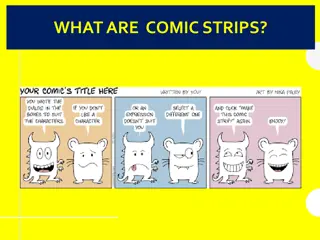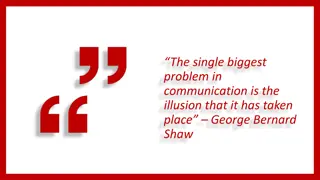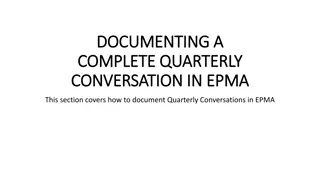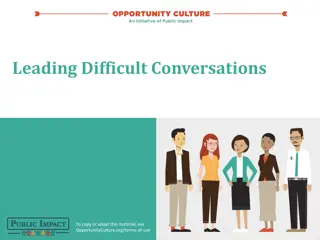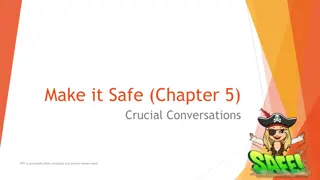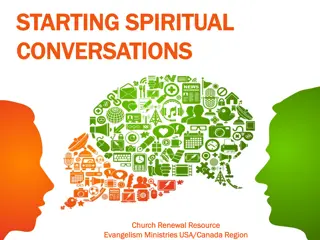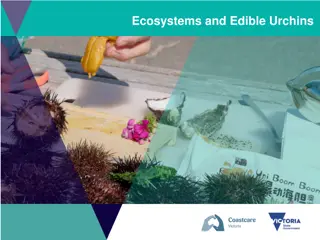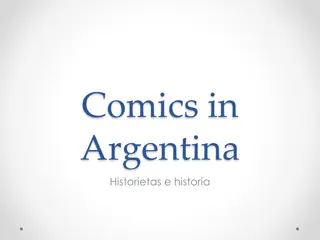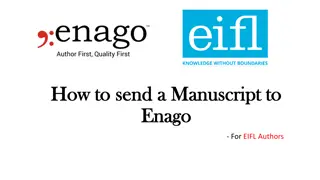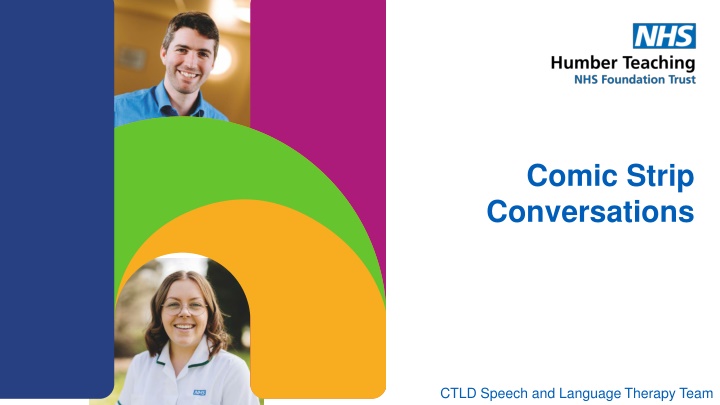
Comic Strip Conversations in Speech and Language Therapy: A Visual Approach to Communication
Discover how comic strip conversations help individuals with communication difficulties by visually representing conversations and problem-solving through simple drawings. Learn how to initiate, summarize, and conclude conversations effectively while promoting understanding and social skills.
Download Presentation

Please find below an Image/Link to download the presentation.
The content on the website is provided AS IS for your information and personal use only. It may not be sold, licensed, or shared on other websites without obtaining consent from the author. If you encounter any issues during the download, it is possible that the publisher has removed the file from their server.
You are allowed to download the files provided on this website for personal or commercial use, subject to the condition that they are used lawfully. All files are the property of their respective owners.
The content on the website is provided AS IS for your information and personal use only. It may not be sold, licensed, or shared on other websites without obtaining consent from the author.
E N D
Presentation Transcript
Comic Strip Conversations CTLD Speech and Language Therapy Team
What are comic strip conversations? Conversations between two or more people which incorporates the use of simple line drawings. They provide additional support to individuals who struggle to comprehend the quick exchange of verbal information that occurs in a conversation. They can be used to: Report the past Describe the present Plan the future Explore emotions and feelings about situations. They do not have to just be to strictly to work through incidents/bad situations. You can use the resource to help clients think about good events and to reflect on positive strategies used.
What are comic strip conversations? Comic strip conversations systematically identify what people say and do and emphasise what people may be thinking. A set of 8 symbols are used to represent basic conversational skills. The drawings can be done on paper, dry wipe boards, laminated sheets or any other preferred material. Colour may be incorporated to represent the emotional content of statements, thoughts and questions. In short, comic strip conversations are used to visually work through a problem situation and to identify solutions.
How to: Beginning a Conversation - Comic Strip Conversations begin where all conversations begin with small talk. Initial topics may be regarded as irrelevant, but they will illustrate how typical conversations begin, e.g. asking about the weather, what happened at the weekend, etc. The Targeted Topic - Once small talk is completed then the topic of conversation can be introduced and this will usually be a situation that is giving the individual some difficulty. You should guide the individual s drawings with questions, e.g. where were you? or statements (if the individual requires more direct encouragement), e.g. draw the people who were with you . Information should be gathered during the conversation, helped by questioning. Perspectives on what has been discussed can be shared so long as this is done sympathetically and supportively. Individuals may also require guiding support in order to relay events sequentially and without becoming too cluttered.
How to: Summarising a Conversation - Conversations should be summarised before solutions are identified and key points in the conversation should be reviewed to ensure clarity. Conclusion of a Conversation - To conclude a Comic Strip Conversation the individual should attempt to identify a solution to the situation or, (if it is too difficult for the individual to suggest a solution), to listen to a suggested solution. Solutions are also drawn and/or written and the individual should be asked if they can help in adding other possible solutions. From the final list the individual can develop a Plan , looking at the pros and cons of each suggestion, for what to do if the situation occurs again.
How to: Draw it and talk it through: What happened what happened next and next What happened before (triggers) What was said What were you thinking How did you feel Anger bars and colour coding How did other people feel What if?.... PROBLEM SOLVE!!!







